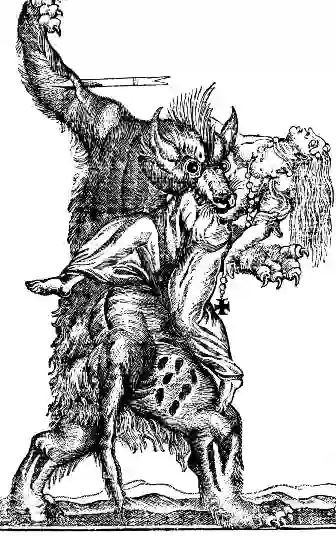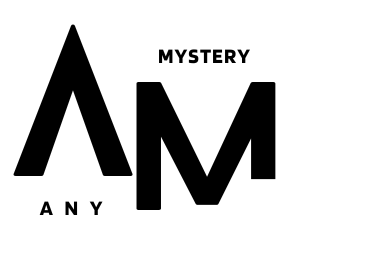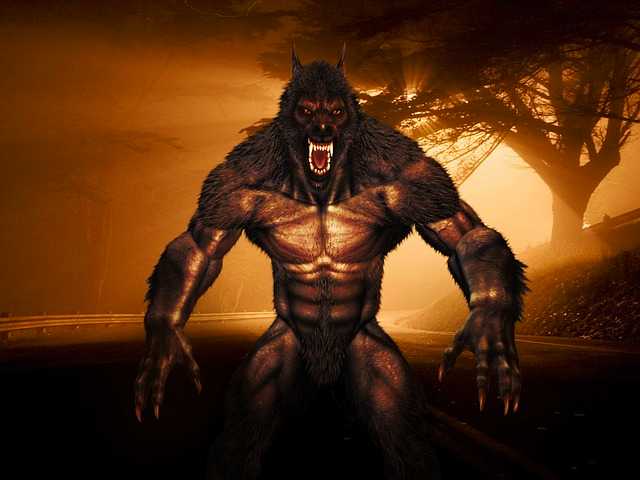Rougarou is said to be half-man, half-wolf. It is hairy and stands upright on two legs. It features a canine face with many sharp, terrifying teeth. It has horrific claws for fingernails.
The Rougarou is based on the Loup-Garou, a similar beast from Medieval French tradition. This 16th-century monster was usually associated with attacks on humans. It was famous for missing village children, stealing property, or killing people.
The Rougarou or Loup-Garou evolved into a weapon employed by the Catholic church to ensure that its adherents followed the restrictions of Lent. Legend has it that if a person refuses to observe Lent for seven years in a row, he will be changed into a Rougarou or Loup-Garou.

The Legend of Rougarou
The Rougarou’s origin tale is shrouded in mystery like the cryptid itself. Rougarou is a play on the French word for werewolf, loup-garou. Some Métis lore is based on French werewolf stories, while others are based on the Algonquian Wendigo or Cree Witiko.
Some believe that being bitten by a Rougarou, like the European werewolf, transforms a person into one. Other traditions suggest that the Rougarou curses individuals who commit cannibalism or act greedily. Despite their secrecy, all of these legends have one thing in common: a man-eating cryptid who acts as a morality lesson for people who require retribution for bad behavior.
Despite their secrecy, all of these legends have one thing in common: a man-eating cryptid who acts as a morality lesson for people who require retribution for bad behavior.
When a person is cursed, a slow, creeping sickness takes hold. It begins with an increase in hunger and a heavy cough. The host’s mind is then consumed by an intense and maddening need to feed on blood and flesh, transforming them into the Rougarou’s lunacy. The transformation is complete when the host succumbs to the Rougarou’s appetite for human flesh, and the host loses its human look.

How Does It Look?
Rougarou have a man’s body but the head of a wolf or dog, with flashing red eyes. If someone was brave enough to look into its crimson flashing eyes, it is said that it would attack.

How do People Turn into Rougarou and How to Break the Curse?
A Rougarou is a person who transforms into a werewolf. However, there are various views about how the curse is passed on. According to one story, a human who Rougarou bites will remain in Rougarou form for 101 days. During that time, the beast must draw another human’s blood to pass it on and be free of the curse.
Another story holds that a person cursed will not transform into its form until it consumes human flesh. Finally, some ancient traditions have that a witch can only pass on the Rougarou curse. The witch will either become the beast and pass the curse on to another human by biting them, or she will cast a lycanthropy spell on another human. Only the witch has the authority to pass on the curse; thus, the person who receives it will be unable to pass it on.

It’s not entirely clear how a person transforms into a monster. It’s also unclear whether the Rougarou, like a werewolf, only prowls at full moon. But one thing is certain: the wetlands of central and eastern Louisiana are some of the Rougarou’s favorite haunts.
How Can You Protect Yourself from a Rougarou Attack?
There is an alternative to the evident stringent good behavior and dedicated Lenten practice. Arrange 13 valuable trinkets (pennies or sparkly pebbles will suffice) on your porch or windowsill to deter intruders.
While the Rougarou is frightening and bloodthirsty, the beast appears to have a math problem. According to legend, he can only count to 12, so he will grow confused and count and recount your pennies until dawn when he must slink back into the marsh.

How Can You Destroy a Rougarou?
Only a silver weapon inherited from a family member may harm a Rougarou. This fact, which may have something to do with sacrifice, is most likely one of the foundations of the modern myth of silver weapons and bullets being used against werewolves and other supernatural monsters.

Rougarou Sightings
According to a lady from Louisiana, a local child was being chased by a dog when he decided to cut it with his pocketknife. When the child saw the dog transform into a man, he dashed home to tell his family.
The lady said, “The next day, a distinguished physician arrived in town with his right arm bandaged and cut. I recall when the doctor committed suicide here in Lockport. A year later, the boy committed suicide and left behind a letter, which the family turned over to the sheriff. He still refuses to let anyone see it.”
Cajun Justice, an AE Television show, features the creature in an episode. A camp owner notified police and videotaped what he thought was a Rougarou behind his site.
The Rougarou has also been linked to the Deridder Roadkill myth. In 1996, a woman called Barbara Mullins spotted an unidentified carcass on the side of the road. Some believe it is the body of a Rougarou, while others believe it is a Chupacabra or Devil Monkey. Many people, though, assume it is simply a dog.
Sarah Taylor, a woman from Louisiana, claimed to have witnessed Rougarou fighting with its “When I heard my little Kookie howling, I instantly ran out, and I saw a man like a wolf biting my dog, and I was so afraid, I couldn’t even shout,” she explained. Then it saw me and ran away, leaving my dog behind.” It had to be a Rougarou, I swear.
Conclusion
French settlers carried this legend to the Acadia region of present-day Eastern Canada. Cajun culture was born among these settlers. Following the French and Indian War, British officers exiled Acadians to different American colonies.
The Spanish eventually invited these Acadians to settle in what is now Louisiana. Rougarou was renamed Rougarou in Cajun French, and the monster thrived in Louisiana’s wetlands. Cajun culture is still alive and well in Louisiana and has played an essential role in the state’s history.
The Rougarou is now a celebrated item of folklore. Indeed, it has its own festival. Rougarou Fest rages through the streets of Houma on the last weekend of October. The celebration includes cuisine, live music, a procession, and numerous children’s activities.

